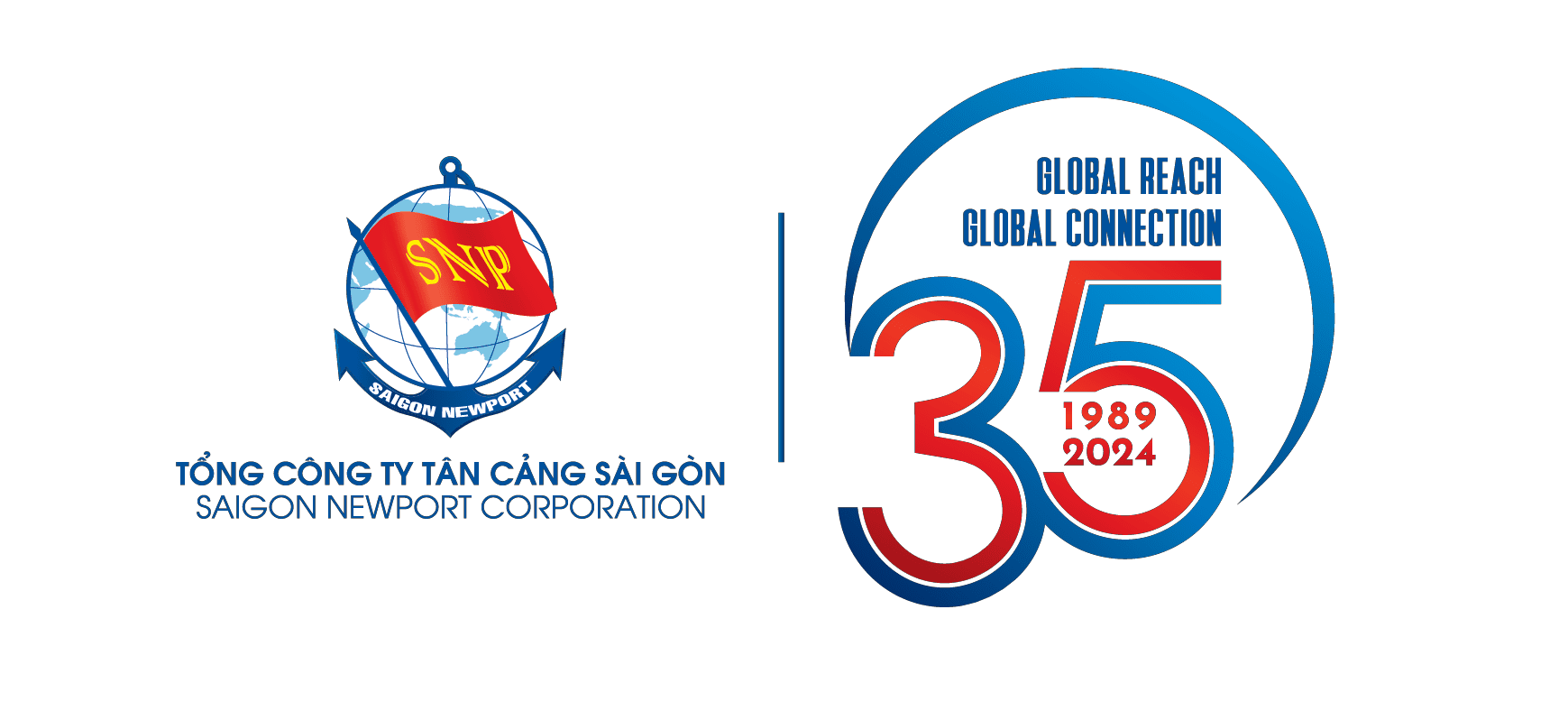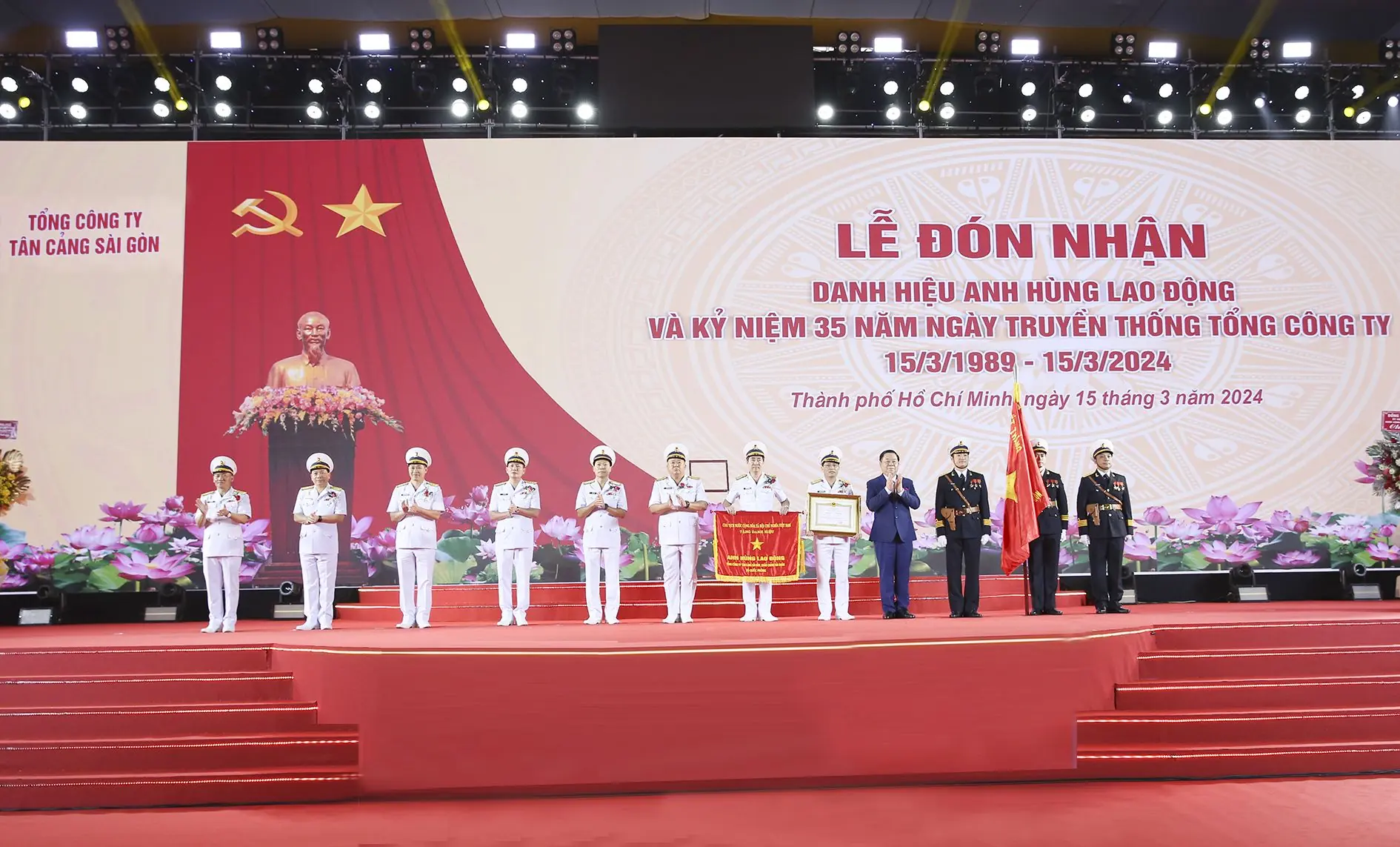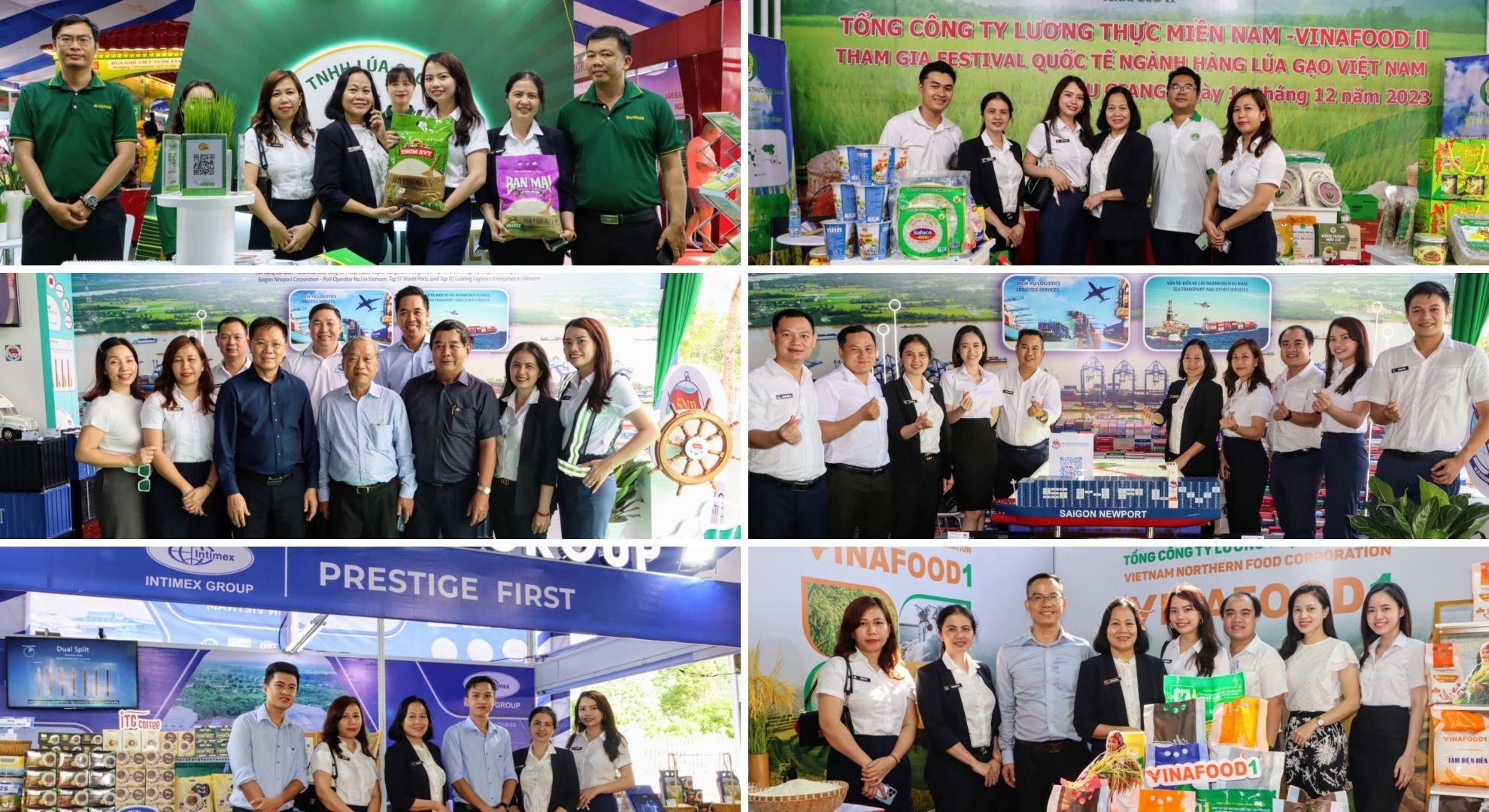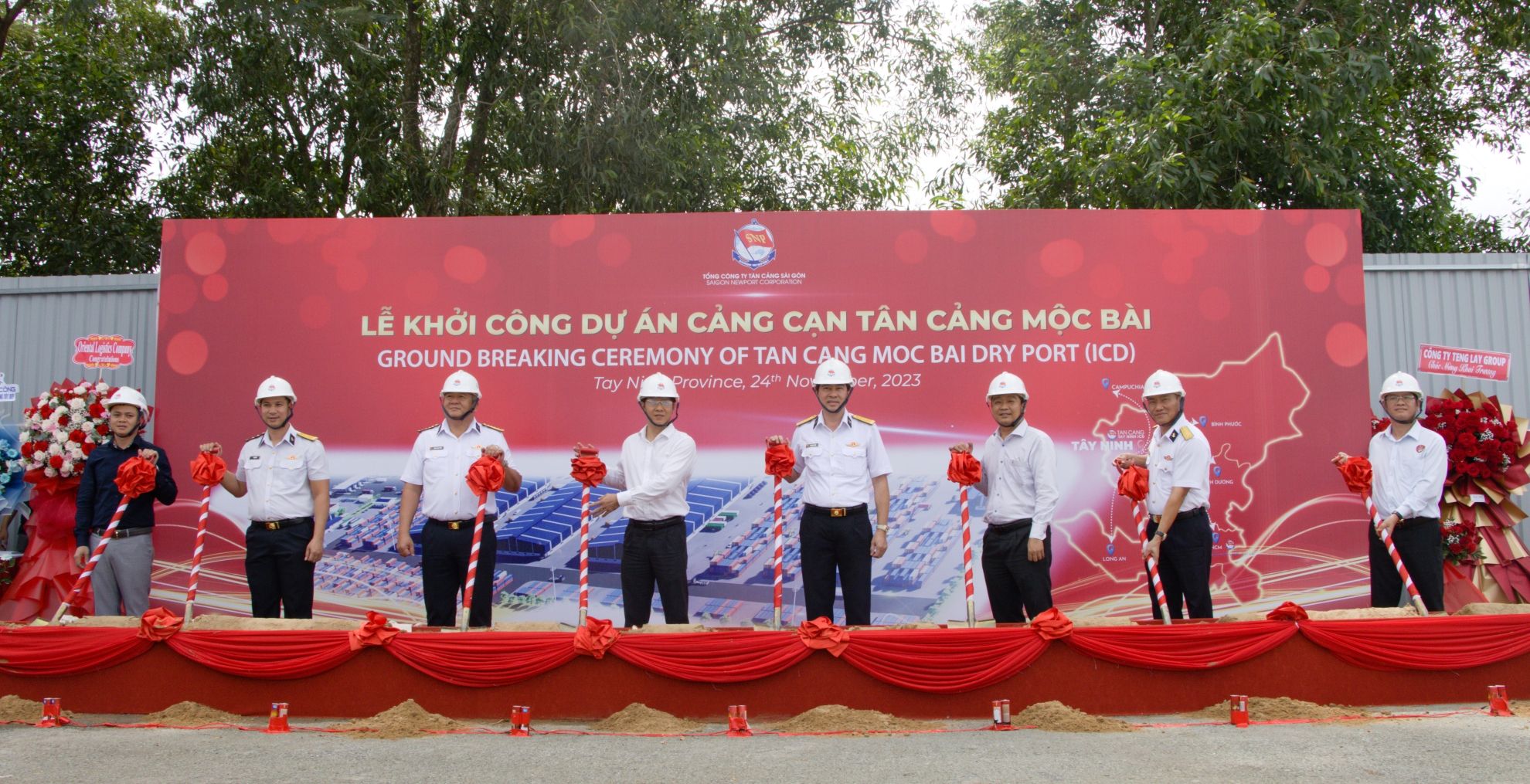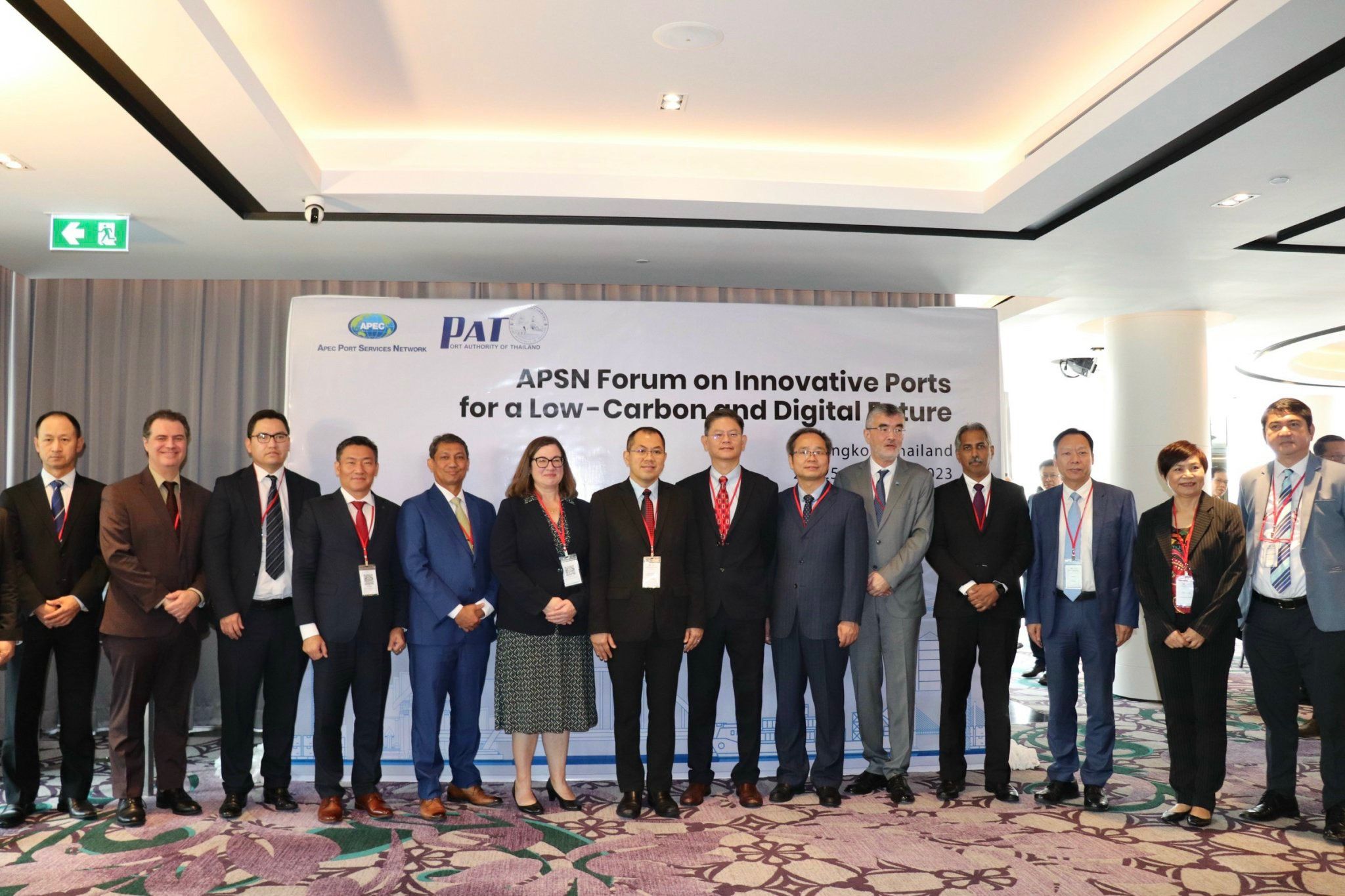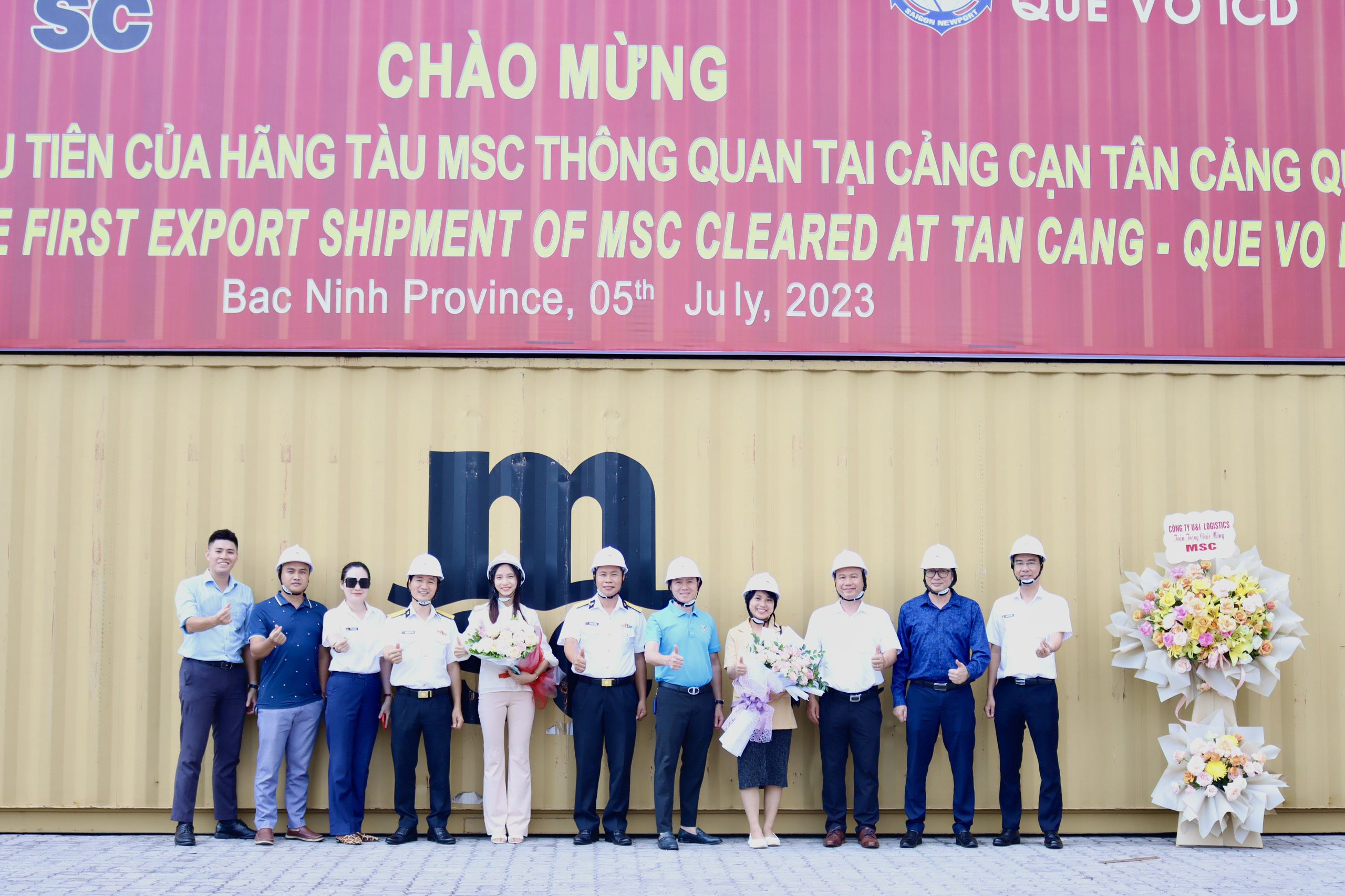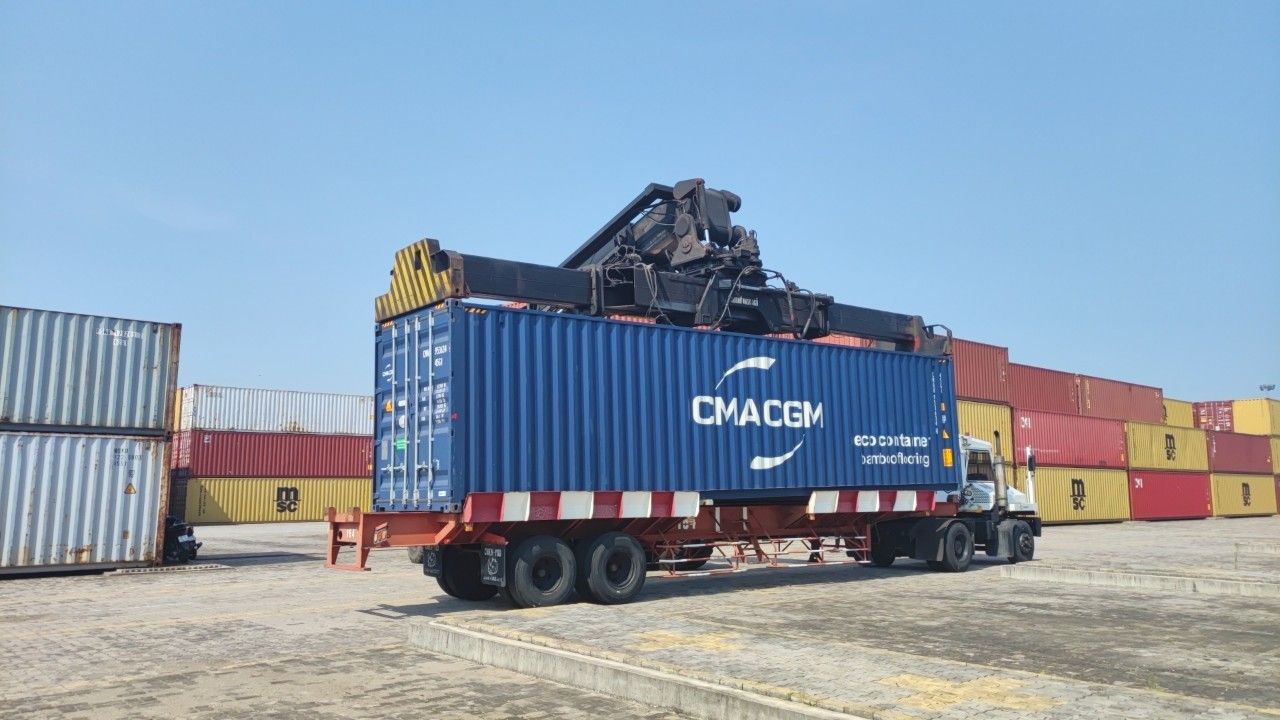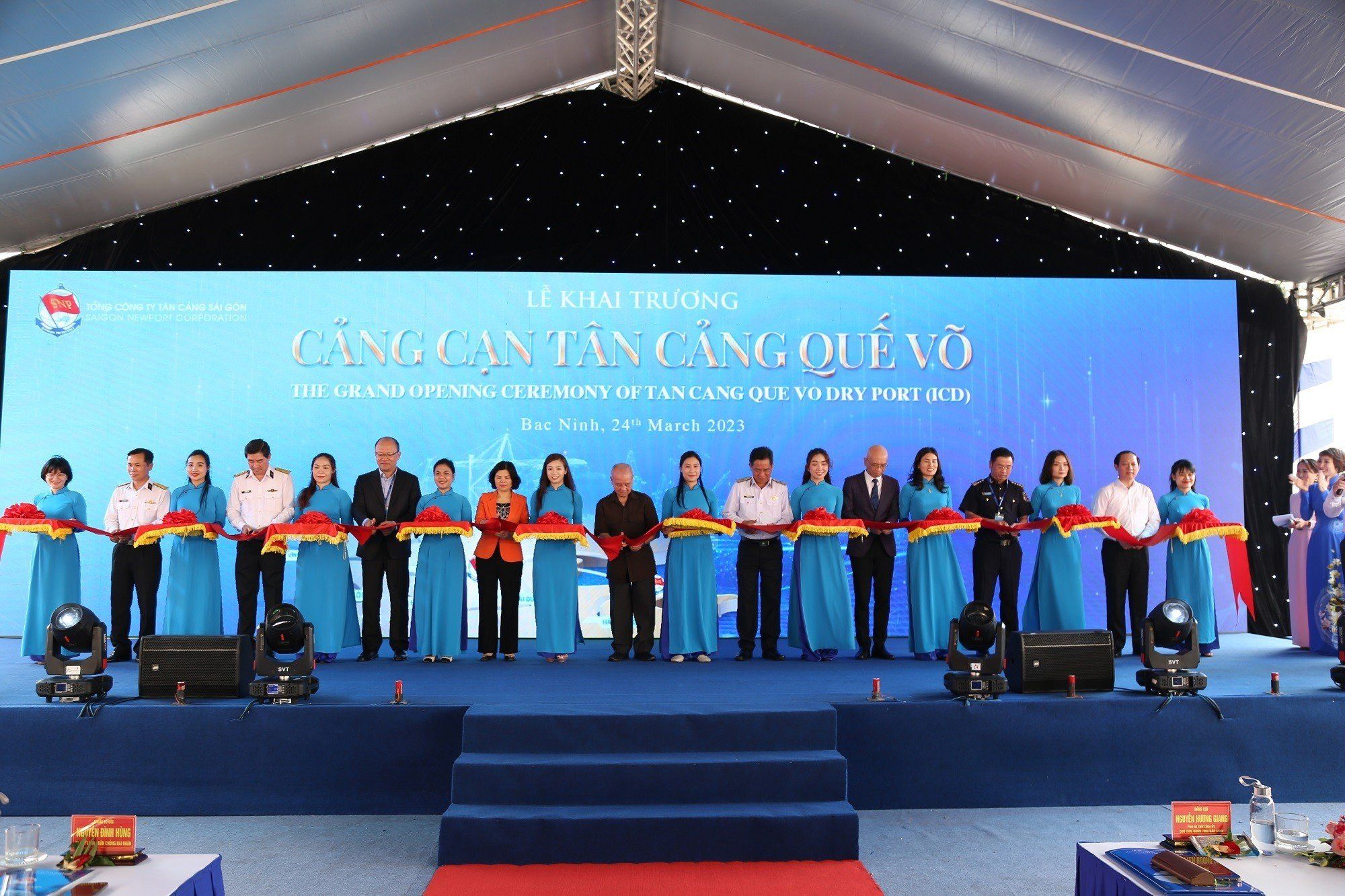Waterway Transportation: Solution for Sustainable Business Development
19/03/2023

Green logistics is becoming increasingly popular in the global transportation industry, with the aim of reducing the impact of logistics activities on the environment, increasing the efficiency of production processes, and enhancing the sustainable competitiveness of businesses. So in Vietnam, which green transportation method brings practical benefits and optimizes sustainable transportation goals?
GREEN TRANSPORTATION
A Global Trend in Logistics
A Global Trend in Logistics
To minimize negative impacts on the environment and optimize business operations, "Green Logistics" has become a trend in the global transportation industry.
According to experts, green logistics is one of the best methods to create sustainable value in the supply chain by balancing Economic efficiency, Social benefits, and the Environment. These three objectives are not mutually exclusive, but instead reinforce each other. All efforts of green logistics focus on contributing to and ensuring sustainable development.
"Green Logistics" is an essential trend and an important criterion for evaluating the sustainable development of the entire industry and businesses.
Around the world, many countries are aiming to develop green logistics to minimize negative impacts on the environment. Through the 1992 Conference of European Ministers of Transport (ECMT), a recommendation report was issued proposing that member countries of the European Union consider shifting freight transport from road to environmentally friendly modes and increasing the use of inland waterway transportation.
Based on that, European countries are currently investing in advanced technology development projects and increasing the application of green transportation vehicles, such as electric trains/boats, hydrogen-powered vehicles, liquefied gas-powered vehicles, solar-powered boats, and especially waterway transportation vehicles.
INLAND WATERWAY TRANSPORTATION
Optimizing environmental and economic benefits
Optimizing environmental and economic benefits
In Vietnam, with the current situation of overloaded road transport systems connecting key economic regions, and Vietnam's commitment to international efforts to combat climate change and reduce CO2 emissions, inland waterway transportation has become a superior solution, bringing many benefits to both the environment and the economy, as well as offering great potential and opportunities for Vietnam's logistics industry in the future.
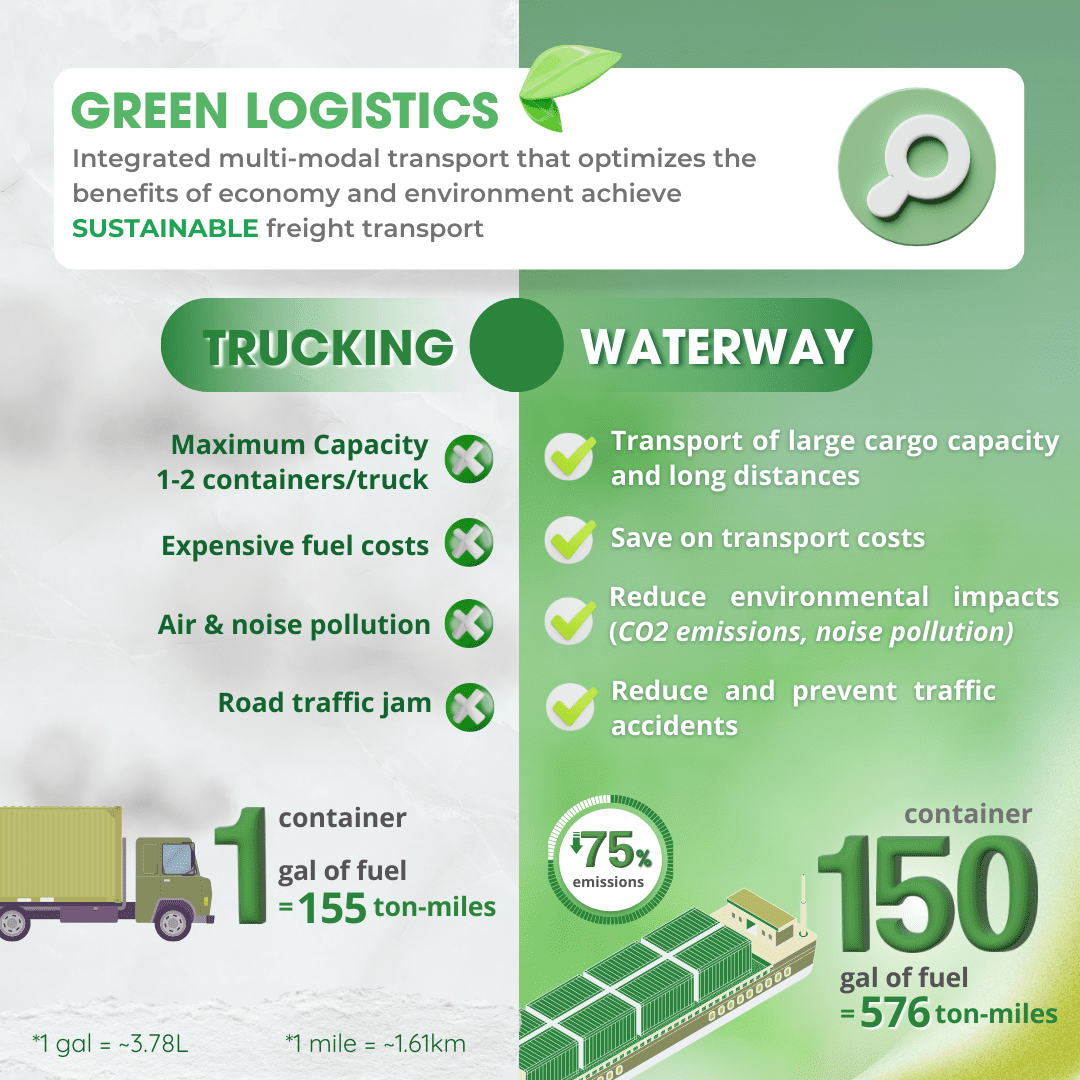
- Optimizing logistics cost
Inland waterway transportation saves fuel consumption per tonne of cargo transported over a distance (one tonne-mile is equivalent to one tonne of cargo transported for one mile) nearly four times more than road transportation (with the same 1,000 tonnes of cargo transported, water transportation consumes ~11.92 liters of fuel, while road transportation consumes ~31.53 liters of fuel).
This helps save transportation costs and increase economic efficiency for logistics businesses. It also increases the proactive management of cargo, ensuring smooth supply chains and special import-export plans, especially during peak periods when cargo volumes increase.
- Improving transportation efficiency
The solution of inland waterway transportation by barge is capable of transporting large amounts of cargo over long distances. Compared to road transportation, which can only transport a maximum of 1-2 containers/vehicle, water transportation optimizes the transport of up to 150 containers/barges
- Reducing environmental impacts
With less fuel consumption, inland waterway transportation contributes to a 75% reduction in harmful pollutant emissions compared to road transportation, reducing noise pollution and creating a healthier environment for communities, providing sustainable benefits for society.
- Reducing the burden on the road transport system, avoiding traffic accidents during transportation.
The solution for the Green Transport chain - connecting the ecosystem of ports and logistics of Saigon Newport Corporation
Currently, many businesses are making efforts to build and invest in environmentally friendly supply chains as a competitive advantage in expanding their markets. Green logistics is one of the solutions that bring economic value to import-export customers and sustainable development of businesses, exemplified by Saigon Newport Corporation (SNP).
Leveraging the capacity and advantage of the leading enterprise in Vietnam in the field of port exploitation and logistics services, in recent years, SNP has always played a pioneering role in building Green Ports and Green Logistics. With the strategic operation of "bringing the port closer to customers" based on the ecosystem of ports and logistics, SNP has successfully implemented a green transport solution (combining water and land transportation) with the cooperation of Tan Cang Water Transport - a unit managing and operating over 100 barges from 24 TEUs to 198 TEUs, with a total capacity of 9,950 TEUs per trip stretching from North to South:
Leveraging the capacity and advantage of the leading enterprise in Vietnam in the field of port exploitation and logistics services, in recent years, SNP has always played a pioneering role in building Green Ports and Green Logistics. With the strategic operation of "bringing the port closer to customers" based on the ecosystem of ports and logistics, SNP has successfully implemented a green transport solution (combining water and land transportation) with the cooperation of Tan Cang Water Transport - a unit managing and operating over 100 barges from 24 TEUs to 198 TEUs, with a total capacity of 9,950 TEUs per trip stretching from North to South:
- The solution to connecting the Southern key area and the Mekong Delta: Providing water transport services by barges from the Cai Mep Port/ Ho Chi Minh City cluster and the Can Tho port system to Cambodia.
- The solution to connecting the Northern key area - the Hai Phong port cluster: Multimodal transportation by combining water and land transportation, linking the Bac Ninh - Hai Phong route with the transshipment point at Tan Cang - Que Vo Dry Port (Bac Ninh) - the center connecting goods between Bac Ninh, Bac Giang, Thai Nguyen, Hanoi with seaports in the Hai Phong region.
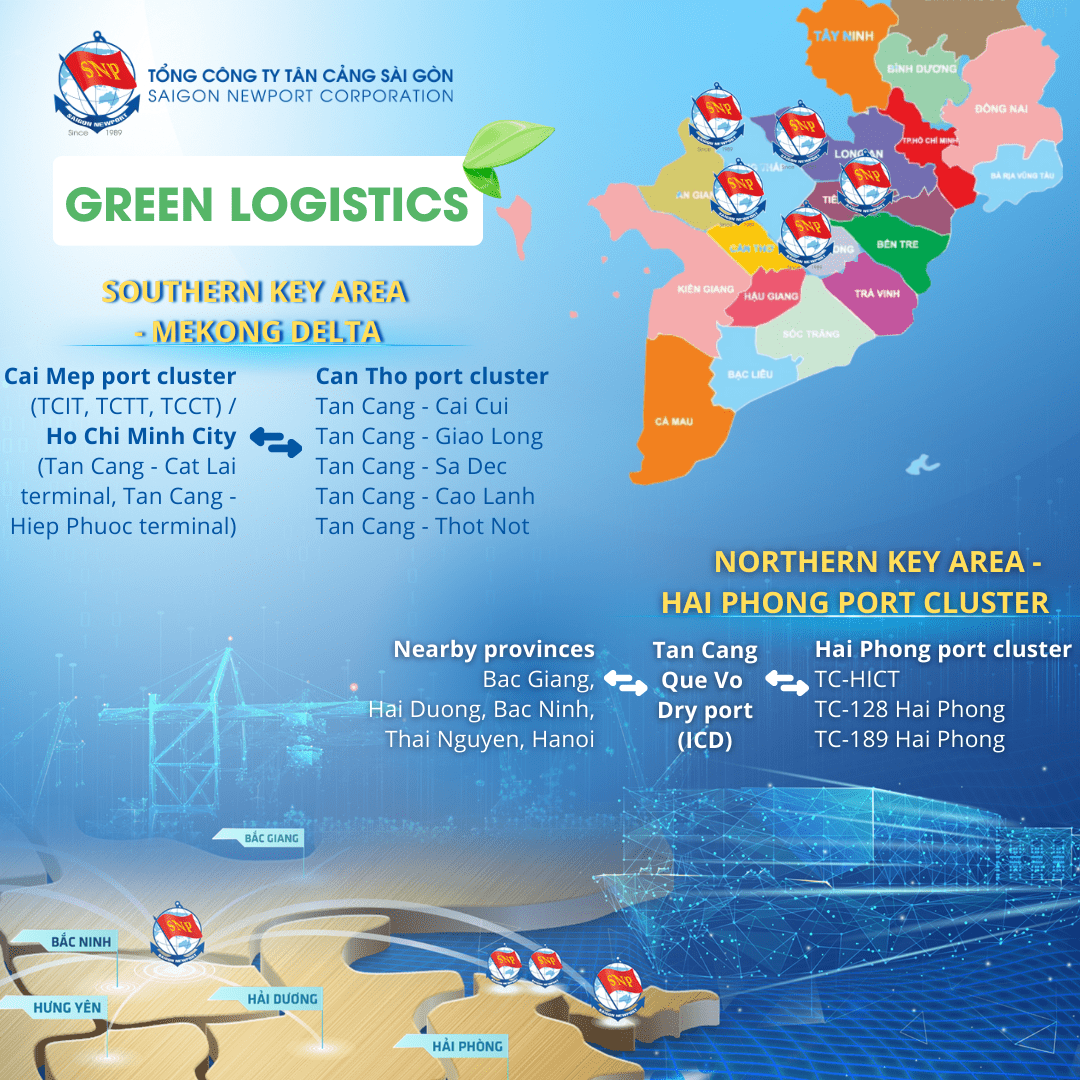
Support and companionship from government policies
From 1/1/2023, the port infrastructure fee applied to goods entering and leaving the Hai Phong port area by inland waterway vehicles will be reduced by 50% (according to Resolution No. 21/2022/NQ-HDND issued on December 9, 2022 by the Hai Phong City People's Council).
This policy will be a motivation to promote customers' use of inland waterway transportation services, especially in corridor 1 connecting the Hai Phong Port Cluster and Tan Cang - Que Vo Dry Port.
With the system connection solutions in the direction of Green Logistics, Tan Cang Sai Gon is comprehensively developing in line with the world's trend, contributing to protecting the environment, increasing value and benefits for customers, while promoting sustainable development for businesses and society."
